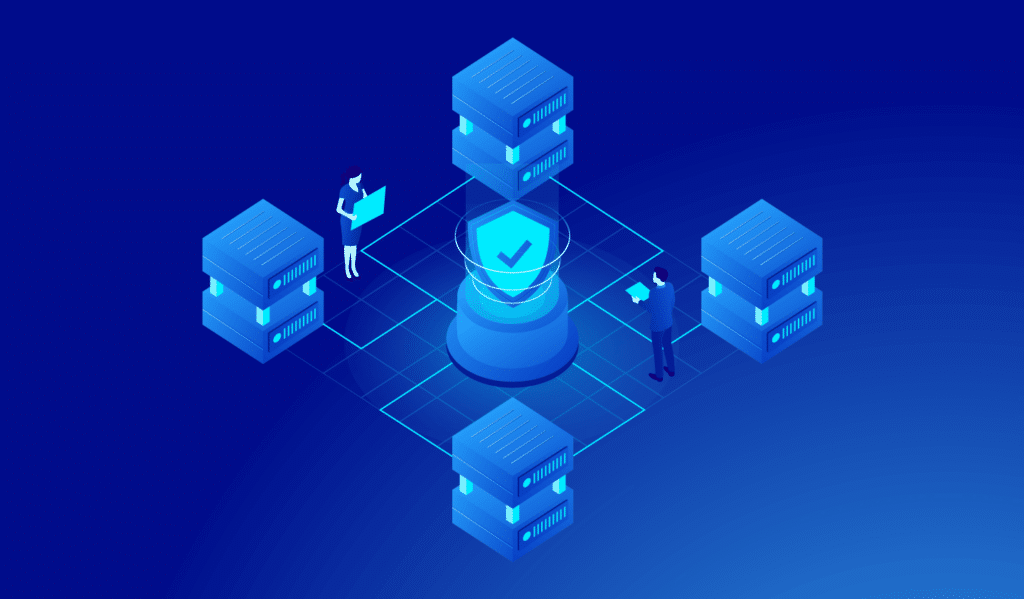Data integration and collaborative management solutions are the primary means of remaining competitive in a fast-paced company environment. An intelligent platform is vital, but it is not sufficient in this case; sooner or later, the business will need to decide whether to hire a team of experts or build up and administer a platform for cloud identity management.
But, moving to the cloud is not an easy procedure, particularly while maintaining reliable cybersecurity standards. The users who are claiming to be your workers must be verified as such by your IT security staff. In order to adapt to the changing digital world, your company must install a cloud identity management system.
Contents
Identity Management: What is it?
Identity management (IdM), often referred to as identity and access management (IAM), makes ensuring that only those who are allowed may access the technological resources they need to carry out their job duties. It includes rules and technology solutions that cover an enterprise-wide system for precisely identifying, authenticating, and authorizing people, groups of persons, or software programs based on criteria such as access privileges and limits assigned to users depending on their identities.
In addition to preventing unauthorized access to systems and resources, a GCP identity management system also aids in preventing the exfiltration of enterprise or protected data and raises warnings and alarms when illegal users or applications try to penetrate the enterprise boundary from both within and outside.
What Are the Differences in Cloud Identity Management?
Cloud identity management may be seen as the next development or generation of identity and access management tools in the context of contemporary business. It may also be seen as combining Enterprise Mobility Management with Identity as a Service. The goal of traditional or legacy identity and access management systems is to handle user logins and activity on enterprise/proprietary applications in a centralized place and on recognized endpoints.
Nevertheless, cloud identity management is different from the conventional concept in that it is tailored for syncing with various hardware, software, and operating systems. This is crucial because cloud migration will provide access to endpoints that are under remote management and in different places from the company.
Cloud identity management enables authentication, connects cloud servers, and controls user access to WiFi networks. The latter is crucial since it keeps internal risks at bay and stops external threat actors from accessing your datasets. As the IT environment grows, authentication procedures must also grow and scale in order to increase security while maintaining the best possible user experience.
Advantages of Cloud Identity Management
According to a recent (ISC)2 survey, weak or poorly handled credentials were the root cause of 80% of breaches. To assist guarantee policies are used, current cloud IAM solutions, fortunately, allow the automation of many of the processes. For example, a user may be removed from the directory when the HR system indicates an employee has left the company.
Every cloud platform, application, and service in a company’s multi-cloud environment becomes more visible thanks to cloud identity management. It aids in identifying, safeguarding, and regulating access to all data and applications within your cloud architecture. When bringing on new users, this is very helpful throughout the onboarding and offboarding process. Cloud IAM controls access to assets and data inside an organization by monitoring who has access and how they obtained it. It builds a security barrier that regular IAM cannot.
Cloud Security and Identity Management
The word “identity management” (IM) refers to the information system employed by the company. This offers authentication, rights, authorization, and roles of the organizational boundaries while also representing the systematic administration of any one identity. The main goal is to increase security and productivity while lowering overall costs, tedious work, and system downtime. In cloud computing, identity management includes all users kinds that may utilize specified devices in a variety of settings. Several identity management (IM) systems suggest that both wired and wireless users may enable directory integration. BYOD is a time-saving service for the individual user since it is readily available.


